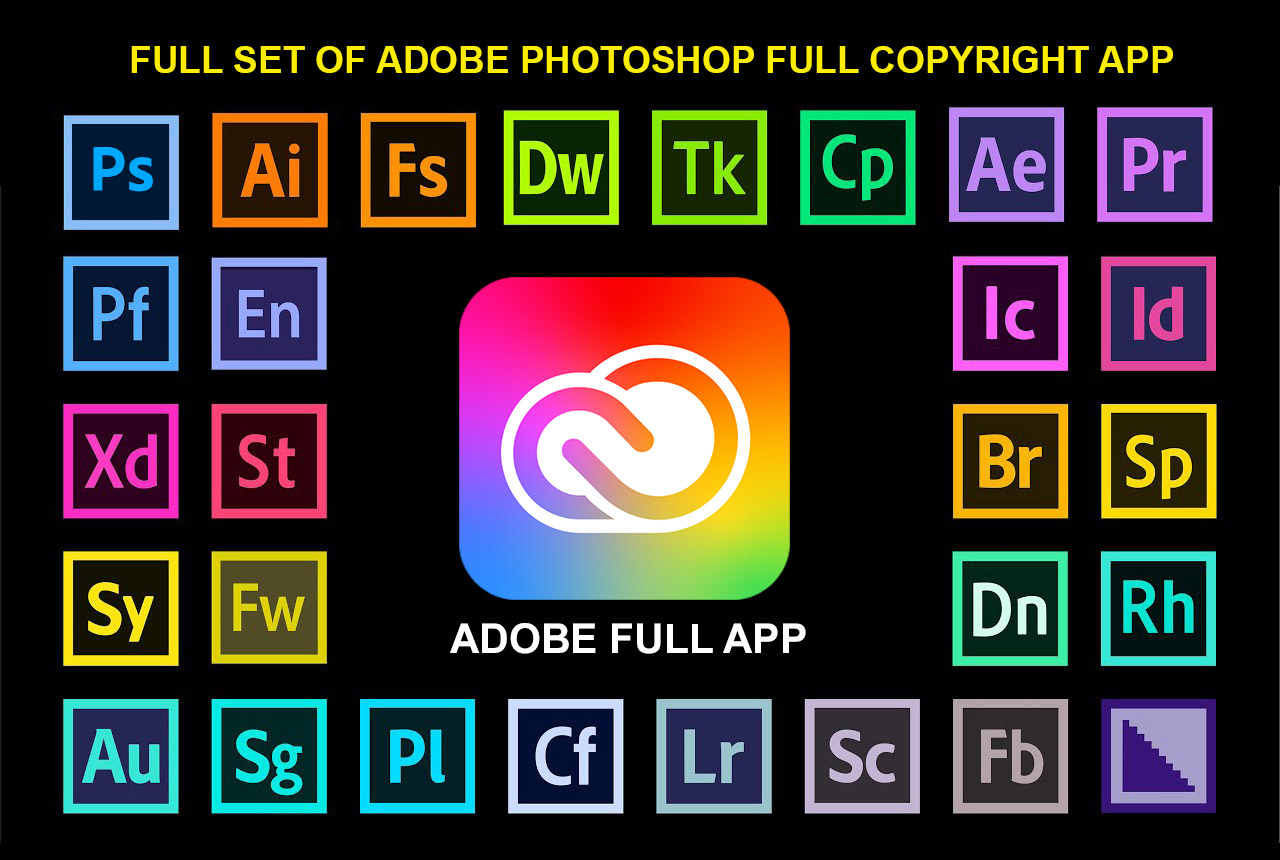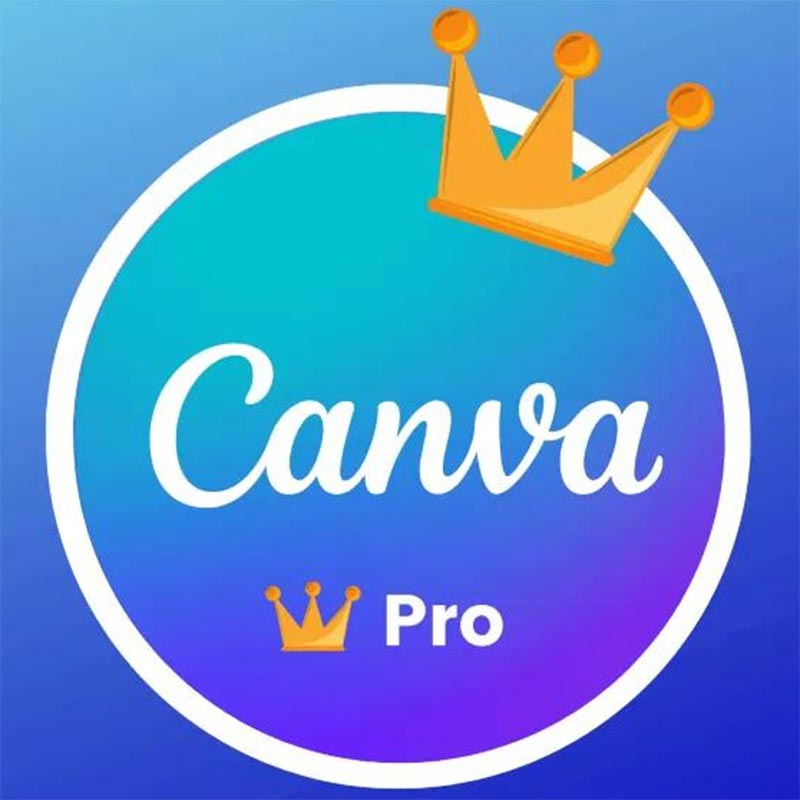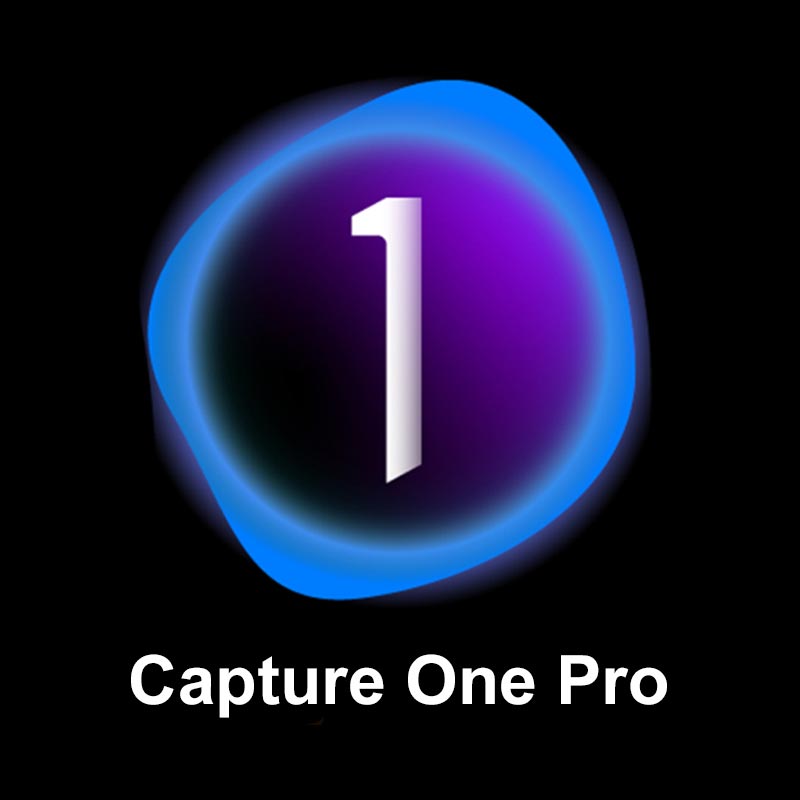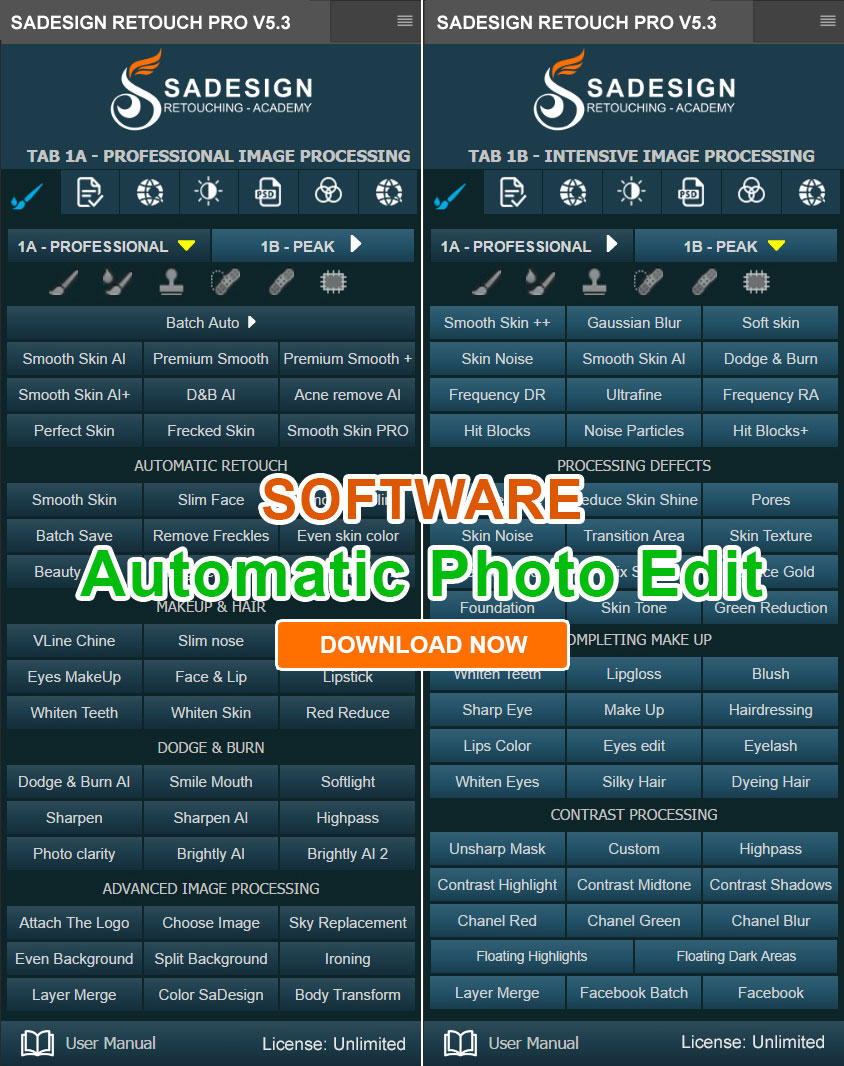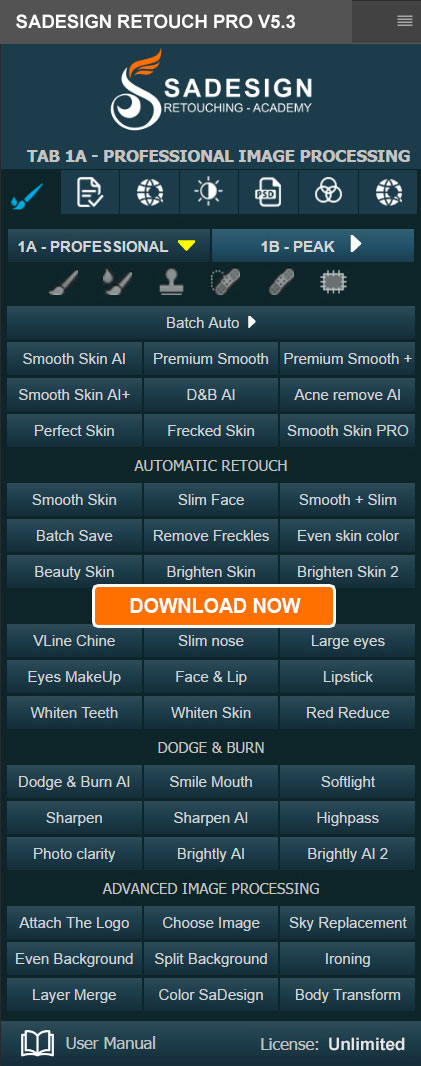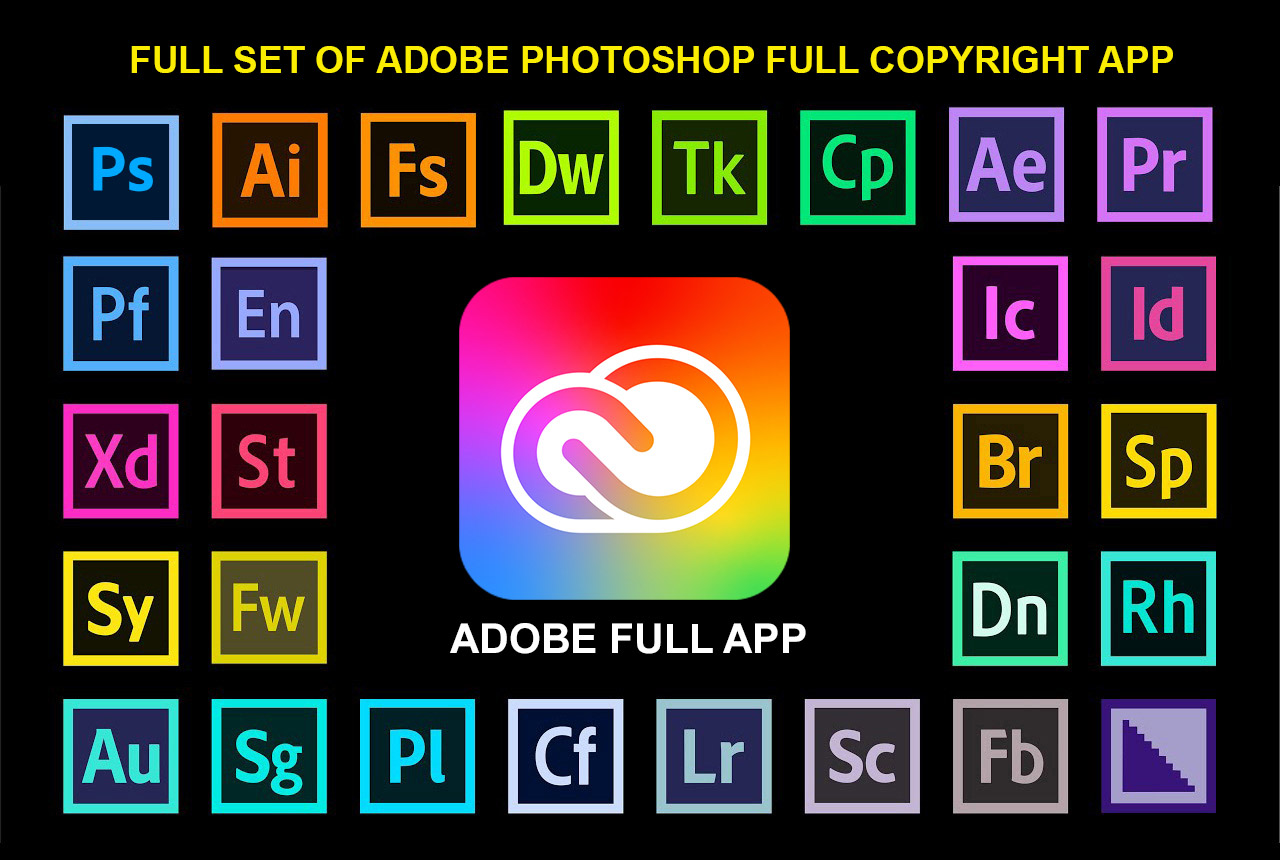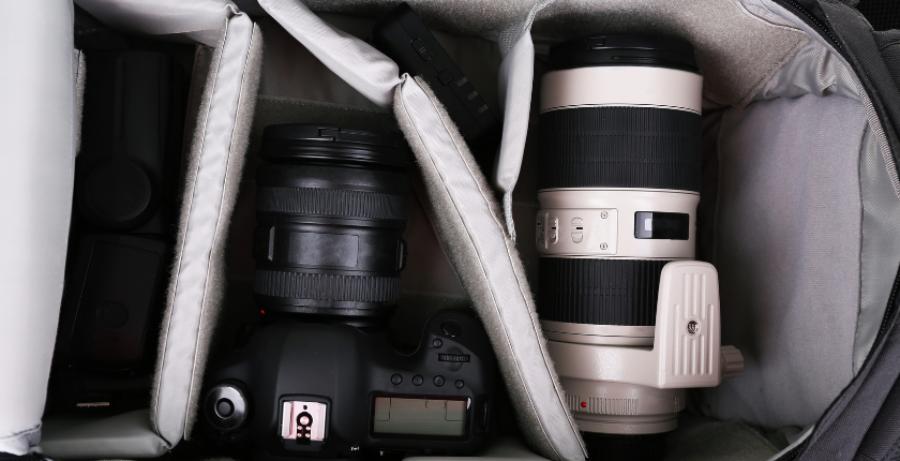Best Selling Products
Leica Film Cameras – Things to Know About Leica Film Cameras
Nội dung
- 1. History of Leica film camera development
- 1.1 Originated from Germany – the cradle of precision
- 1.2 Influence on world photography
- 2. Outstanding features of Leica film cameras
- 2.1 Artistic handmade design
- 2.2 Featured rangefinder system
- 2.3 Leica lens – the pinnacle of optics
- 2.4 Fully mechanical operating mechanism
- 3. Typical Leica film camera lines
- 3.1 Leica M3 – Classic icon
- 3.2 Leica M6 – The perfect combination of classic and modern
- 3.3 Leica MP – Recreating the spirit of the original camera
- 3.4 Leica IIIf – Marking the early period
- 4. Reasons why Leica film cameras are always sought after
- 4.1 Pure photography experience
- 4.2 Quality that lasts over time
- 4.3 Leica Spirit – a symbol of class
- 5. Some experiences when using Leica film cameras
- 5.1 Choose the right film type
- 5.2 Getting to know the rangefinder system
- 5.3 Periodic maintenance
- 5.4 Use compatible accessories
- 6. Leica film – for whom?
- 6.1 Street Photographer
- 6.2 The Nostalgic Lover
- 6.3 Antique camera collector
- 7. Compare Leica with other film cameras
- 8. Conclusion
Explore every aspect of Leica film cameras – from history, features, iconic models to user experience and why Leica is always a name revered by photographers.
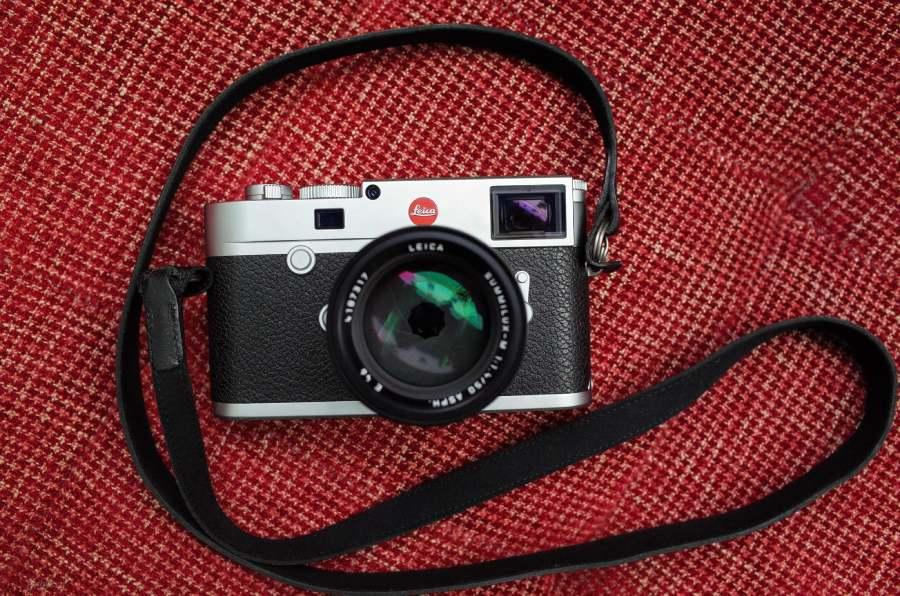
Leica film cameras are not just simple photographic devices but also symbols of a heritage of handcrafted photography. With sophisticated design, superior optical quality and high collectible value, Leica has affirmed its solid position in the hearts of film photography lovers around the world. Let's find out more details in the article below with sadesign .
1. History of Leica film camera development
Leica is not just a camera brand, but also an icon, an indispensable part of the history of world photography. Leica's development journey is a testament to innovation, precision and far-reaching influence.
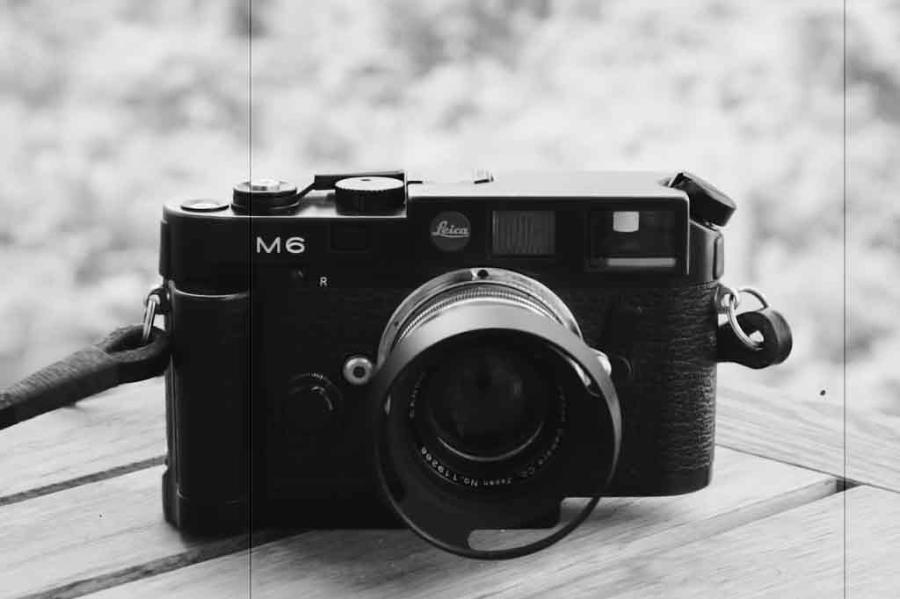
1.1 Originated from Germany – the cradle of precision
Leica is an abbreviation of Leitz Camera , a legendary name from Germany - a country famous for its meticulousness and precision in engineering. This brand officially launched the camera market in the early 20th century .
The starting point of Leica was thanks to the vision and creativity of Oskar Barnack . He was a talented engineer working for the Ernst Leitz Wetzlar company . Barnack had the idea of a more compact, convenient camera than the bulky large format cameras of the time.
And then, in 1925 , the Leica I was officially introduced. This was a historic turning point, marking the birth of a new generation of cameras. The Leica I had an incredibly compact design, and most importantly, it used 35mm film – a film format that would later become the global standard. The appearance of the Leica I opened a new era for portable cameras , allowing photographers to easily carry and work anywhere, completely changing the way people captured moments.
1.2 Influence on world photography
Since its inception, Leica has quickly asserted its position and become an indispensable tool in the hands of many famous photographers.
-
Durability and speed: Leica is renowned for its superior build quality, which allows it to perform reliably in all conditions. Speed is also a big advantage, especially when capturing fleeting moments.
-
Sharp Optics: Leica lenses are consistently praised for their sharpness, true color reproduction, and excellent contrast, producing photos with outstanding image quality.
Thanks to these advantages, Leica has become the companion of many war correspondents in recording historical events, and also the favorite tool of street photographers in capturing everyday moments. Many iconic photos of the 20th century were taken with Leica cameras. This not only strengthens the legendary status of the brand but also affirms Leica's great contribution to the development and shaping of world photography.
2. Outstanding features of Leica film cameras
Leica film cameras are not only recording tools but also works of art, a legacy of cutting-edge manufacturing techniques. The following outstanding features have shaped the value and lasting appeal of Leica in the hearts of photography enthusiasts.
2.1 Artistic handmade design
Each Leica film camera is the result of a meticulous hand-assembly process , achieving absolute precision. Leica uses durable and high-quality materials such as brass, stainless steel and genuine leather , not only ensuring timeless durability but also providing a solid and luxurious grip. Leica's design always aims for minimalism but sophistication , eliminating unnecessary details to focus on functionality and aesthetics. This gives users a unique experience, feeling the sophistication of technology while immersing themselves in the beauty of a work of art.
2.2 Featured rangefinder system
The core difference between Leica film cameras and many other types of cameras, especially SLR (Single-Lens Reflex) cameras, lies in the lack of a mirror system. Instead, Leica integrates a rangefinder . This is a unique focusing system that allows the user to focus by adjusting the focus ring on the lens until the two images in the viewfinder are completely aligned .
Rangefinder systems offer many advantages:
-
High Precision: Helps achieve precise focus even in low light conditions or when shooting fast-moving subjects.
-
Uninterrupted View: Unlike SLRs where the mirror flips up to block the view while shooting, rangefinders allow the user to observe the scene continuously, without missing a moment.
-
More compact design: The lack of a mirror makes Leica cameras significantly more compact, making them convenient for travel and street photography.
2.3 Leica lens – the pinnacle of optics
The lens is the heart of every camera, and Leica lenses have become legendary in the photography world. They are famous for their ability to reproduce true colors , high sharpness across the entire frame, and especially the unique, soft bokeh effect (background blur) that photographers often call the "Leica look".
Famous lens lines such as Summicron, Summilux or Noctilux are not just names but also symbols of optical perfection. They are often produced in limited quantities with strict quality control processes and high finishing , making each lens a valuable asset for film photographers.
2.4 Fully mechanical operating mechanism
Most classic Leica film cameras were designed with a completely mechanical operating mechanism , not depending on battery power to operate basic functions such as film loading, shutter speed or aperture adjustment.
This offers several outstanding benefits:
-
Realistic feel: Users can clearly feel every operation when using the camera, from the gentle "click" sound of the shutter to the feeling of turning the aperture ring.
-
Durability and stability: Without relying on complex electronic components, mechanical cameras are less prone to failure and are capable of operating reliably for decades, even in harsh environments.
-
Timelessness: These are cameras built to last, become heirlooms, and continue to serve future generations of photographers.
These characteristics not only define Leica, but also explain why Leica film cameras remain one of the most sought-after and admired brands in the world of photography.
3. Typical Leica film camera lines
Leica has produced many iconic film cameras, each with its own unique character and contributing to the legend of the brand. Here are some of the iconic Leica film cameras that have left a deep mark in the history of photography:
3.1 Leica M3 – Classic icon
Introduced in 1954 , the Leica M3 was hailed by photography enthusiasts and professionals as the greatest rangefinder ever made . The M3 quickly became a benchmark for design and performance.
-
Design and Quality: The M3 features a sturdy, handcrafted metal body that feels durable and premium.
-
Viewfinder: The M3's viewfinder is bright, clear, and precise, making it easy for photographers to compose and focus. It is one of the most highly regarded viewfinders in the history of photography.
-
Compatibility: The Leica M3 is the first camera to use Leica's legendary M-mount , allowing it to be compatible with a wide range of high-quality lenses, from classic to modern lenses, giving photographers a wide range of creative options.
3.2 Leica M6 – The perfect combination of classic and modern
The Leica M6, produced from 1984 to 2002, was a major step in Leica's history, as the company sought to combine traditional values with modern convenience.
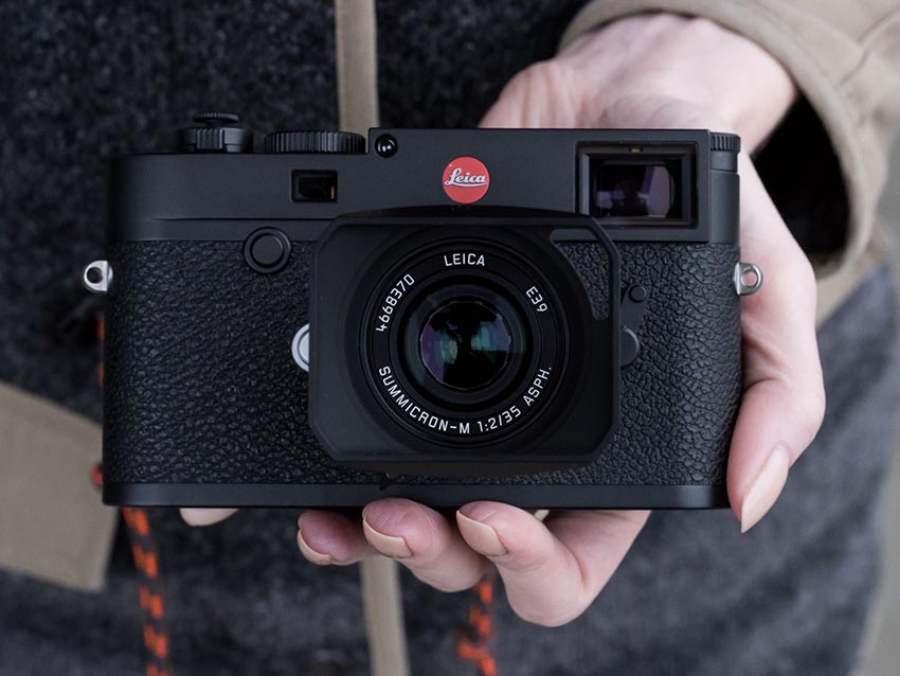
-
Traditional appearance: The M6 retains the design and operating feel typical of the M-series, with a compact and durable body.
-
Built-in light meter: The highlight of the M6 is the addition of a built-in light meter system inside the camera. This makes it easy for users to determine the appropriate aperture and shutter speed without the need for a separate light meter, making photography much more convenient.
-
Manual experience: Despite the addition of light metering, the M6 still retains a completely manual operating mechanism, from film loading, focusing to adjusting shutter speed and aperture. This ensures that users still have a true photography experience, with full control over the creative process.
3.3 Leica MP – Recreating the spirit of the original camera
Launched in 2003 , the Leica MP (full name Leica MP) is considered a modernized version and spiritual successor of the M3, but with improvements in durability and compatibility.
-
Fully mechanical design: Like the M3, the MP is a fully mechanical camera, not relying on a battery for its main functions (except metering). This ensures reliability and durability over time.
-
Upgraded Durability: MP is built with improved materials and manufacturing processes, enhancing durability and resistance to a wide range of usage conditions.
-
Lens compatibility: Despite its classic design, the MP is optimized to work well with even the latest M-mount lenses, delivering superior optical quality.
-
Aesthetics: The MP has a minimalist, refined style reminiscent of original Leica cameras, focusing on the pure photographic experience.
3.4 Leica IIIf – Marking the early period
Part of Leica's screw mount camera generation , the Leica IIIf is a testament to the early days of compact 35mm cameras. This series was produced from 1950 to 1957.
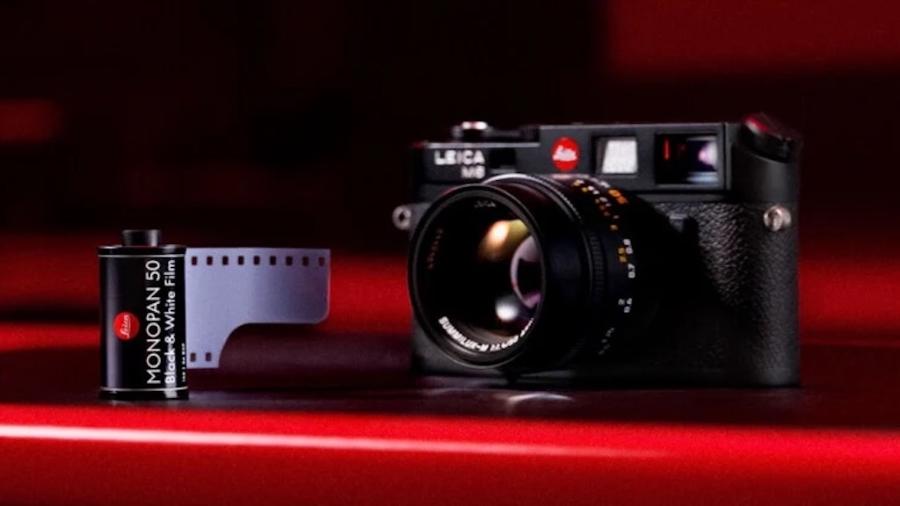
-
Classic beauty: The IIIf has a distinctive nostalgic beauty with a compact, sophisticated design and meticulously crafted details. This is a typical representative of the camera style before the M-series was born.
-
LTM (Leica Thread Mount): Instead of the M-mount, the IIIf uses the LTM (also known as Leica Screw Mount), which requires the user to screw the lens in. This provides a unique and "hands-on" experience.
-
Target audience: Leica IIIf is especially suitable for those who love to collect classic cameras, or those who want to experience the pure, slow and highly manual photography feeling from the pre-M series era .
4. Reasons why Leica film cameras are always sought after
4.1 Pure photography experience
Using a Leica film camera is a journey back to the roots of photography. The photographer must control every element – from focus, exposure, to shutter speed – without relying on automation, creating a deep connection between the photographer and the subject.
Long-term investment and collection value
Leica is one of the few brands whose cameras retain or even increase in value after decades. Limited editions, vintage cameras or those with rare lenses are always sought after by collectors and auctioned at very high prices.
4.2 Quality that lasts over time
Made from high-quality materials, Leica film cameras can last for decades if properly maintained. Many from the 1950s and 1960s are still working perfectly today.
4.3 Leica Spirit – a symbol of class
More than just a photography tool, Leica has become a symbol of lifestyle, associated with the images of famous artists and photographers. Owning a Leica is a personal statement for those who appreciate sophistication and craftsmanship.
5. Some experiences when using Leica film cameras
5.1 Choose the right film type
Leica film cameras usually use 35mm film. Depending on your needs, you can choose color film (Kodak ColorPlus, Portra, Fuji C200...) or black and white film (Ilford HP5, Kodak Tri-X...). You should experiment with different types to find the film that suits your personal style.
5.2 Getting to know the rangefinder system
Focusing with a rangefinder can take some getting used to if you are a beginner. Regular practice is needed to improve your reflexes and accuracy when shooting quickly.
5.3 Periodic maintenance
Leica is a mechanical machine and needs regular maintenance to maintain accuracy and avoid damage due to dry oil or dirt. Go to reputable centers with expertise in Leica to ensure quality.
5.4 Use compatible accessories
Some accessories such as straps, leather bags, lens hoods or soft release buttons will enhance the Leica experience. However, you should choose genuine accessories or reputable brands to avoid affecting the device.
6. Leica film – for whom?
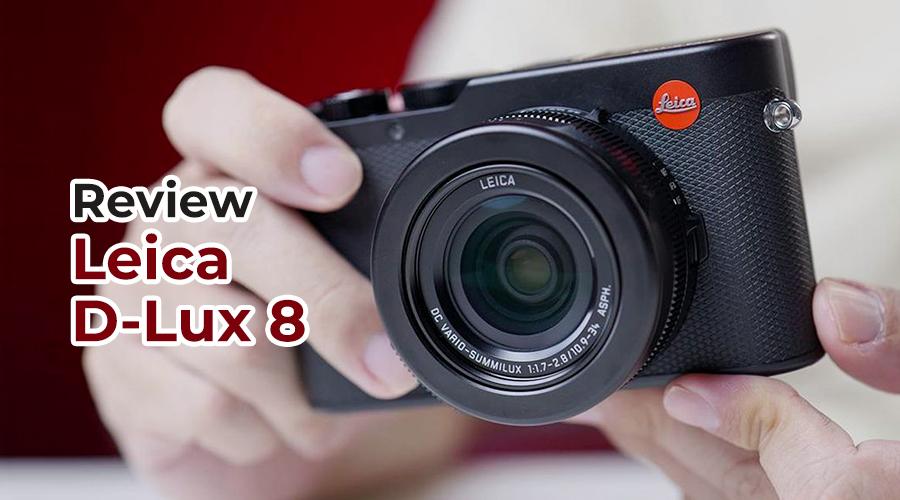
6.1 Street Photographer
Leica is compact, discreet and fast – ideal for street photography. Smooth, almost silent operation helps capture candid moments.
6.2 The Nostalgic Lover
Leica film is the perfect choice for those who are passionate about old-fashioned feelings, appreciate the value of craftsmanship and individuality in every shot.
6.3 Antique camera collector
Owning a Leica M3, MP or IIIf is not only a matter of use but also a matter of pride. Leica film cameras are works of art with high historical and aesthetic value.
7. Compare Leica with other film cameras
The revival of the analog photography movement has made Leica film cameras increasingly popular. The Leica community is growing strongly in Vietnam and globally. Camera prices tend to increase, especially for high-end models or rare versions.
8. Conclusion
Leica film cameras are more than just photographic equipment; they are the intersection of technology, aesthetics and cultural heritage. With their handcrafted design, top-notch optical quality and pure photographic experience, Leica film is the ideal companion for those who want to deepen their attachment to analog photography. Whether you are a beginner or a veteran collector, Leica always opens up irreplaceable emotions in every frame.













